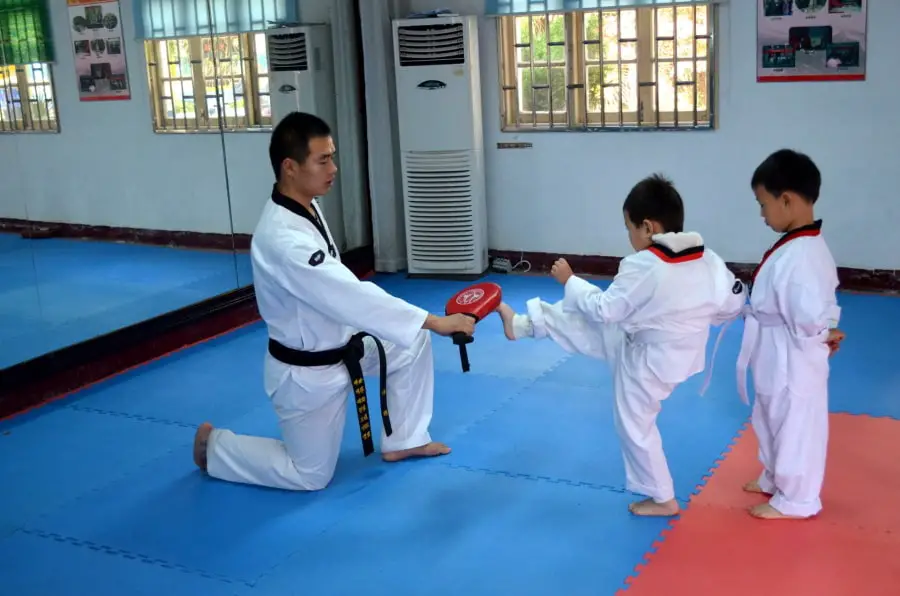
The best age to start martial arts training, like many questions of this type, is both interesting and complicated. The answer happens to be simple and easy to understand, but deeply complex due to the vast age ranges involved.
For children, some instructors have classes from ages 2 years old and up. Nearly all styles that accept children will have classes for them by the time they enter elementary school. For Adults, there is literally a style of martial arts for any age as long as there isn’t a medical issue that requires a doctor’s opinion.
There are many types of martial arts that would appeal to certain age groups. It would be a good idea to get a working knowledge of the focus and scope of the ones you are considering. For children and adults, if you are looking for a high flying, kicking style and you sign up for Tai Chi classes, you are going to be seriously underwhelmed.
Contents
Martial Arts For Kids
For children there are many options available and most of them are at least decent. The younger the child, the more experienced you are going to want your kid’s instructor to be with small children. With kids approaching or in their teen years, you are going to need someone capable of dealing with the emotions and coming of age situations. So the key for children and what age to begin really has a lot to do with the instructor.
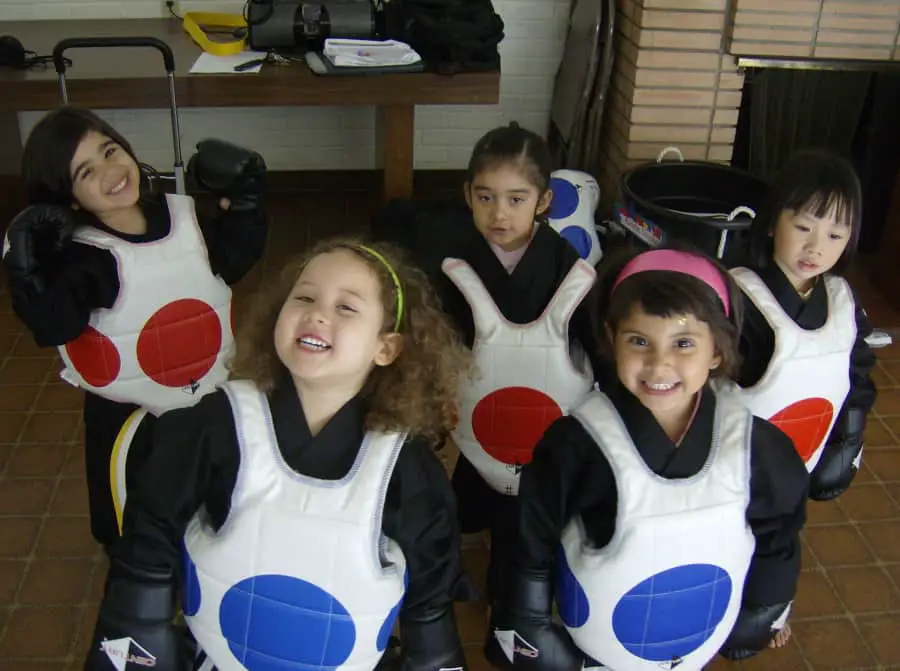
For the younger Little Ninjas, I would suggest a dedicated class for their age group. I am an avid proponent of age delineated classes rather than rank segregation. The problems when kids of disparaging ages are in the class together far outweigh anything that comes from belt rank or skill level differences. Higher ranking children usually have extra classes they can attend for specialized training.
I have great success with children as young as 2 years old. Not 100% of these children are ready for the class, but the vast majority are. When I was a new instructor, this was not the case. It takes a long time and much experience with teaching kids and preferably as a parent as well to be able to handle the minefield that sort of group can be.
If an instructor is not available that has that kind of experience, it may be better to wait until they are older or you could risk souring the entire thing for them in the future.
The same goes for the teenage years. I personally do not have the same skills sets with teens as I do with the little ones or adults. I either expect them to act like children or like grown ups. The problem is, they are sure what they are and flip from one to the next. In order to teach them and keep them between the lines, it is necessary not only to find a style that interests them, but also an instructor that gets them.
| Preschool | Elementary School | Middle School | High School | |
| Karate | ✔ | ✔ | ✔ | ✔ |
| TaeKwonDo | ✔ | ✔ | ✔ | ✔ |
| Kung Fu | ✔ | ✔ | ✔ | ✔ |
| Judo | ✔ | ✔ | ✔ | ✔ |
| Brazilian Jiu jitsu | ✔ | ✔ | ✔ | ✔ |
| Aikido | ✔ | ✔ | ||
| Boxing | ✔ | ✔ | ||
| Kickboxing | ✔ | ✔ | ||
| Mixed Martial Arts | ✔ | |||
| Wrestling | ✔ | ✔ | ||
| Weapons Based Arts | ✔ |
In this chart above I am giving some recommendations on the styles of martial arts that are generally well suited for the age groups listed at the top. As with any opinion, there can be disagreements depending on who you talk to, but in general I forecast problems if you start younger children in some of the styles at the bottom of the chart.
For Young Adults and Training
The gambit is available for someone in their twenties to mid thirties. Most Olympians, professional athletes and even elite special forces units in the military find themselves in the middle of this age range. Everything from physical abilities, usual lack of serious injuries or ailments, and motivation enough to take on the world opens most all doors for them in the martial arts world.
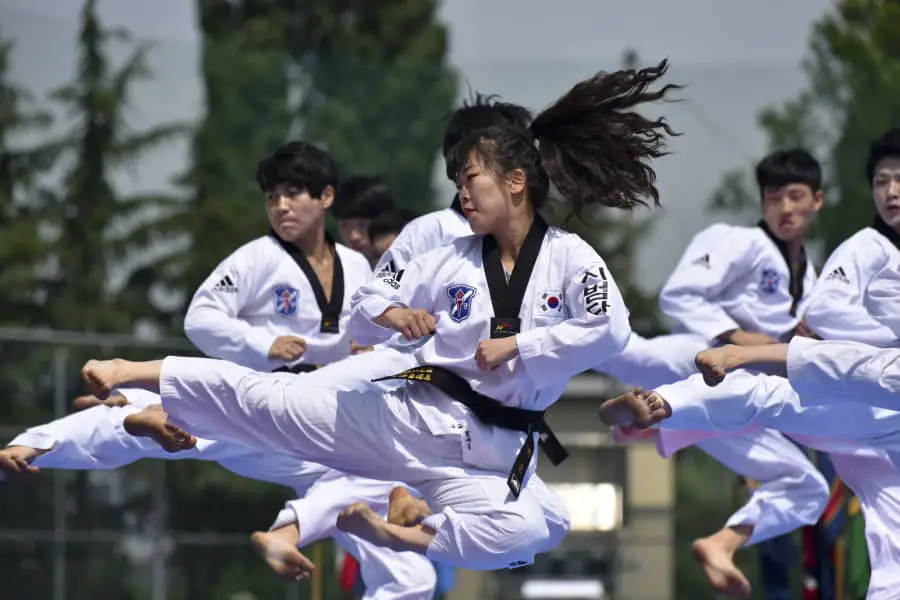
There are meditative arts for the introspective types. Athletic and energetic types have many styles to choose from. There are high flying kicking styles like TaeKwaonDo and TangSooDo, rapid movement styles like the indonesian Pinkat Silat, and agressive wrestling styles like submission grappling. These are only a few.
The one problem that those just beginning their journeys in their twenties and above might face is the fact that many in higher level competition circuits have been darkening those halls since childhood. If it is this type of international competition you seek, you are going to have a fairly steep hill ahead.
I am not saying at all that it can’t be done, or shouldn’t be attempted if you have a mind to pursue it. Just know that you are starting at a definite disadvantage unless you are a college level athlete, or your dad used to have you boxing with one hand tied behind your back with the older neighbor kids (This actually happened.)
For Middle Aged Adults It is Much the Same
Though there are significantly more stresses and a fair bit more in the way of health issues, the styles open to middle aged adults aren’t really all that different from younger adults. More care may be needed when attempting very athletic movements and a general understanding of what your body can handle is needed.
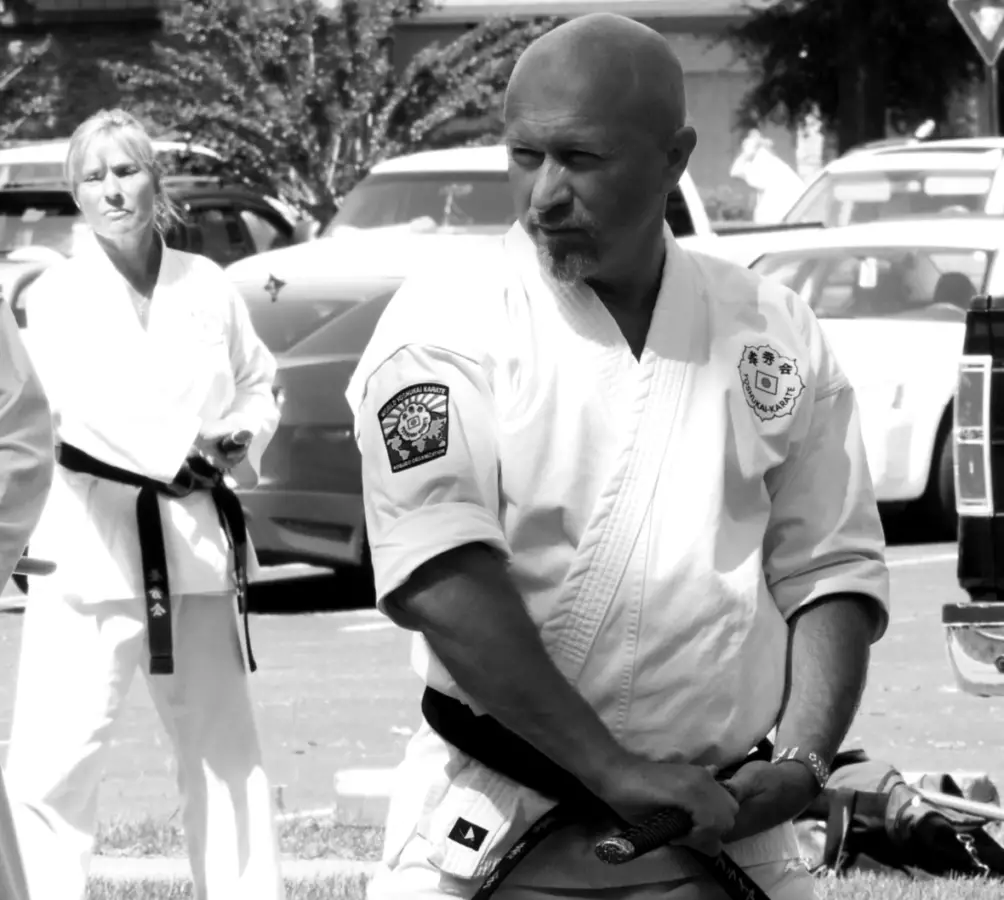
You may need to take more care when taking falls on hard Judo mats. It is more likely that a submission in Brazilian Jiu jitsu will be endanger of causing an injury. Jumping flying kicks can result in more ankle and knee problems. But these can more or less be avoided keeping in mind your limitations and adapting the techniques to your unique situation.
Then there is the added problem of less time to train. This impacts many aspects of the martial arts, your enjoyment of them, and your overall progress. The added responsibilities that come with age can sometimes cut workout times in half compared with younger adults. This may lead to this age group tending toward styles that are more forgiving on the body and time constraints.
Overall, it is up to the individual. There just are not many styles that would not be a good fit, depending on health levels and temperament. There has to be less expectation of complete mastery of some styles with high level of athletic prowess needed and others that take inordinate amounts of time. Yet, with the proper mindset, martial arts of nearly any bent could be started in this age range.
Older Adults Have Limitations Within Some Styles of Martial Arts
Here we will start off with a chart listing some suggestions about styles to begin pursuing and those that older adults may want to attempt with caution.
| 60’s | 70’s | 80’s | |
| Karate | ✔ | ✔ (With Limitations) | |
| TaeKwonDo | ✔ | ✔ (With Limitations) | |
| Kung Fu | ✔ | ✔ (With Limitations) | |
| Judo | ✔ | Maybe – Due to Falls | |
| Brazilian Jiu jitsu | ✔ | Maybe – Due to Falls | |
| Tai Chi | ✔ | ✔ | ✔ |
| Kali | ✔ | ✔ (With Limitations) | |
| Aikido | ✔ | Maybe – Due to Falls |
I have personally trained in Brazilian Jiu jitsu, Judo, and Kali with adults in their 70’s and 80’s. So this recommendations are just general guidelines. You and your doctor should collaborate on which system and level of training is best for you and your situation.
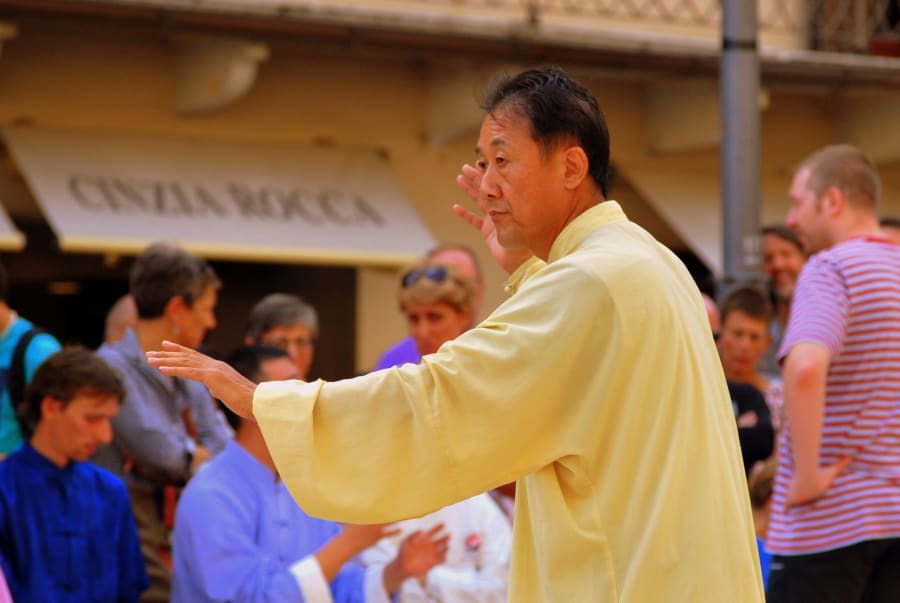
A very important thing to remember is, just because you can, doesn’t always mean you should. Injury risk is high in this age bracket so choosing a style of martial arts to begin becomes as serious as a parent choosing for the physical and mental level of their child. You should have a long track record to pull from though in a later in life decision.
It should go without saying that any physical activity has risks. You must carefully consider if the martial arts are something you should attempt at all. There are a myriad of physical and mental pursuits that someone in their ‘golden years’ can enjoy.
The Final Word
A very good piece of advice was given to me by one of the world’s foremost martial arts trainers. Gokor Chivichyan of the Hayastan Dojo in North Hollywood, California told me on many occasions, “The thing that matters the most buddy, is that you are having fun.”
To be honest, that applies nearly zero to anyone trying to attain a high level ranking on an international circuit. But for just about everyone else, those should be words to train by. Life is long, but also short depending on your vantage point. Though there may be 2,522,880,000 seconds in the average lifespan, every one of them is precious. Don’t waste them doing things one way if it’s not enjoyable when another way would have worked just as well.
So, what is the best age to start martial arts training? Yours, theirs, his and hers. “Just have fun, buddy.”
